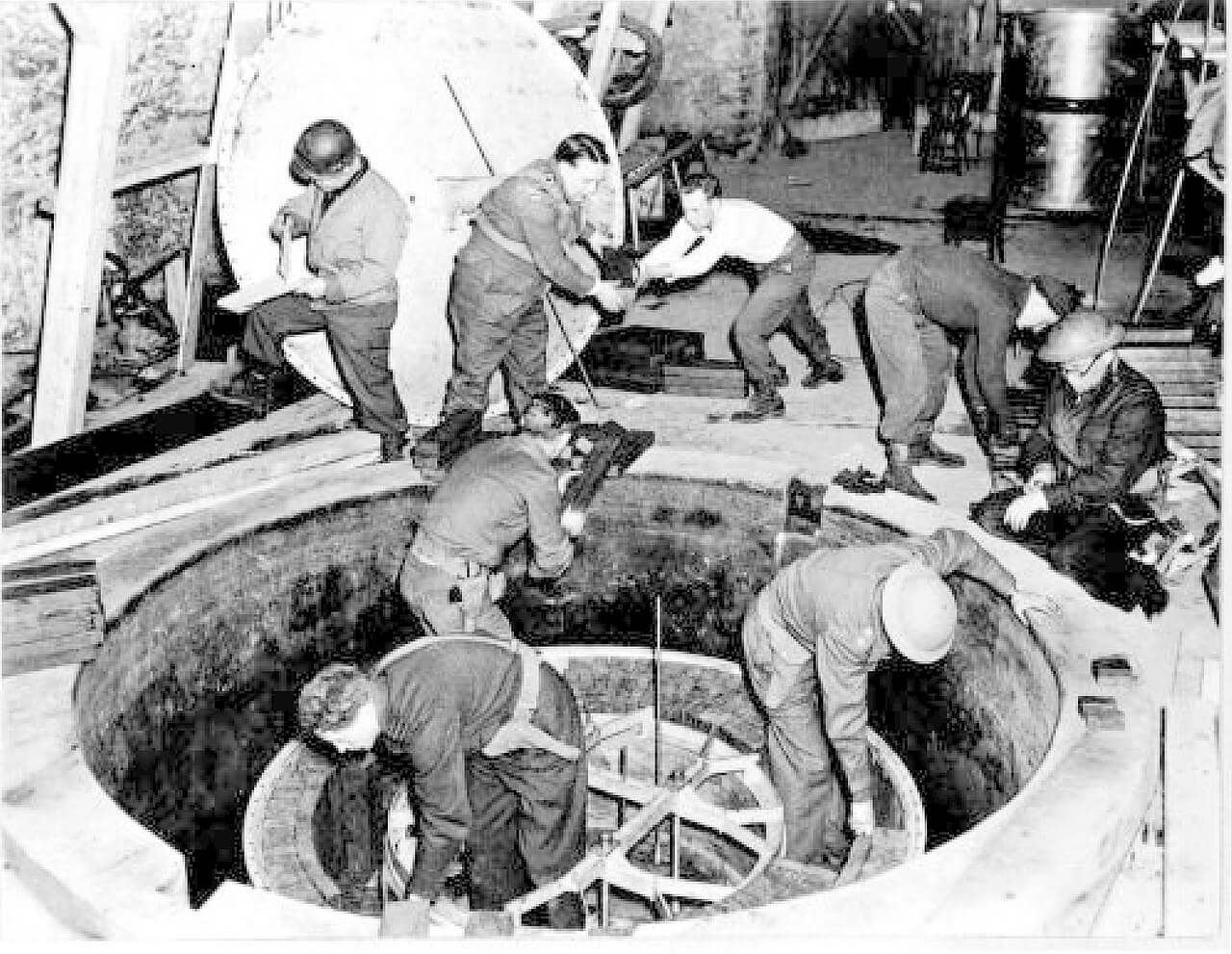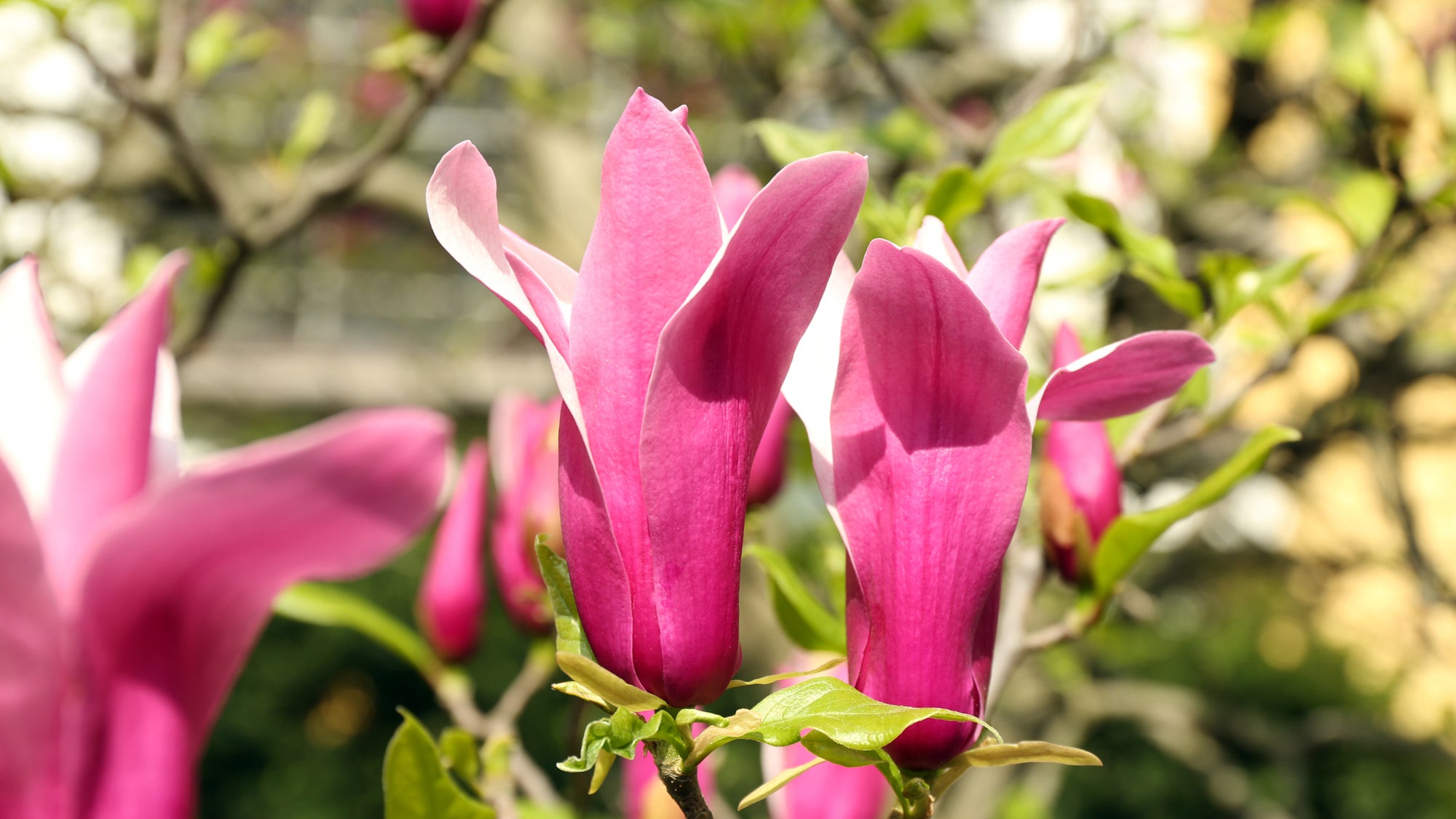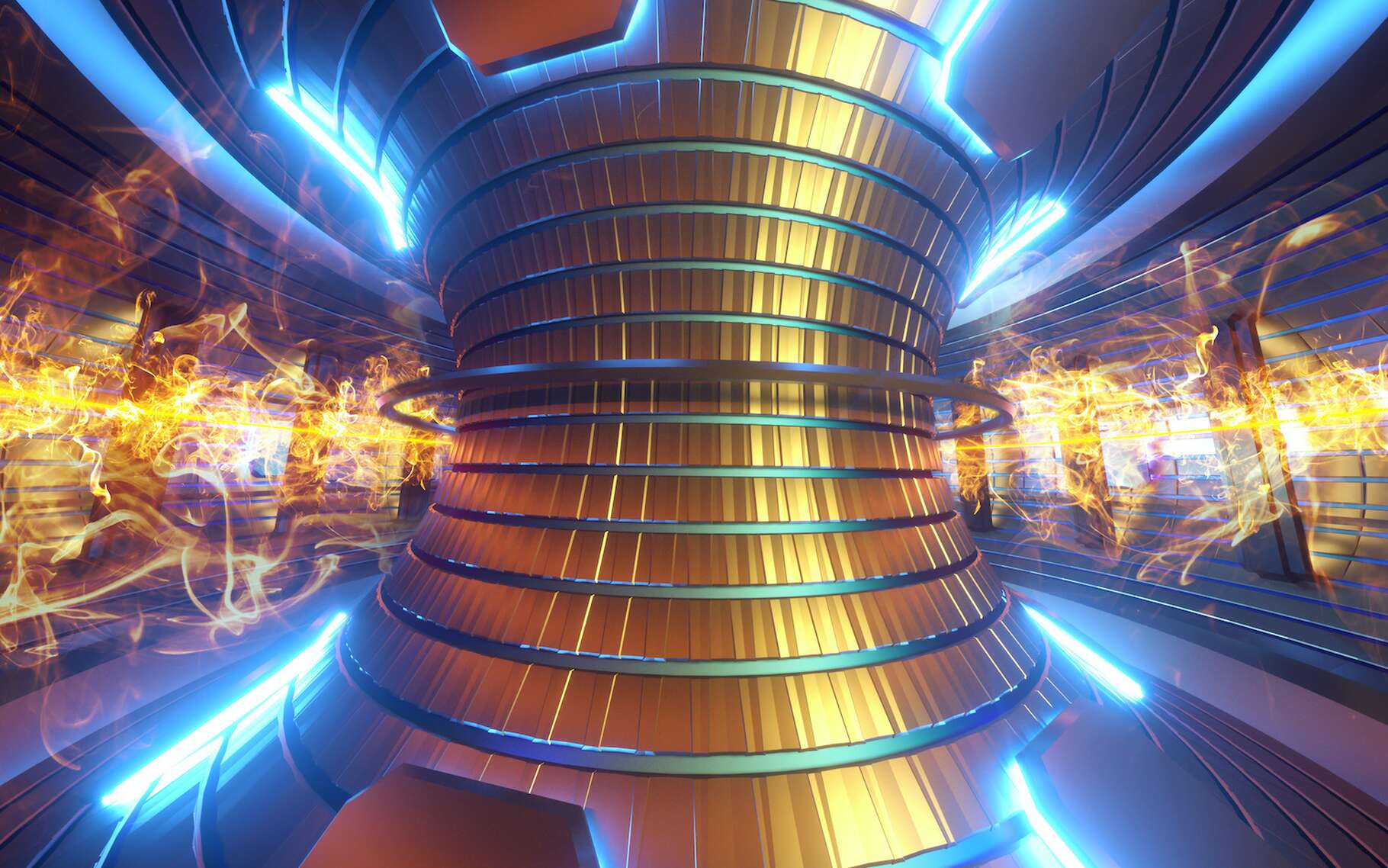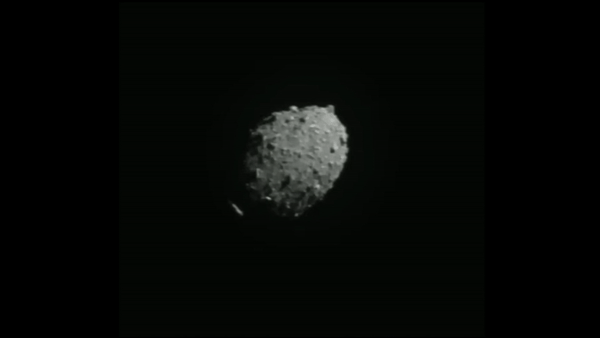Treated radioactive water reserves near the Fukushima Daiichi nuclear power plant are now slowly dispersing into the Pacific Ocean. The initial release is the first part of a decades’ long plan to handle the hundreds of millions of gallons accumulated since the 2011 meltdown disaster. Although numerous scientific organizations and experts deem the project extremely safe—the treated waters actually contain tritium isotope levels far below global contamination standards—residents near the nuclear plant have continuously voiced concerns about potential reputational damage to the local fishing industries.
These worries are not unfounded. On Thursday, China announced a wholesale ban on the import of all “aquatic products” from Japan, effective immediately. According to the Associated Press on Friday, Tokyo Electric Power Company (Tepco) president Tomoaki Kobayakwa stated the utility provider is preparing to compensate business owners affected by the ban.
[Related:[Related:Japan’s plan to release treated water from the Fukushima nuclear plant is actually pretty safe.]
Japanese Prime Minister Fumio Kishida reiterated his plea for China to reconsider its import ban, urging them to consider the treatment plan’s numerous safety assessments. “We will keep strongly requesting that the Chinese government firmly carry out a scientific discussion,” Kishida added earlier this week, per the AP.
Final preparations for the controlled release project started on August 22, when one ton of treated water was transferred to a dilution tank containing 1,200 tons of seawater. Experts repeatedly tested the combined waters over the next two days to ensure safety. Then, experts ran 460 tons of the mixture into a mixing pool for discharge. From there, the decontaminated waters traveled an estimated 30 minutes through a 1-kilometer-long undersea tunnel, exiting into the Pacific Ocean.
In a news conference on Thursday, a Tepco spokesperson confirmed that the released water’s Becquerels per liter measurement was just 1,500 bq/L. The Becquerel is a standard unit for measuring radioactivity, and references one atomic nucleus decaying per second. Japan’s national safety standard is 60,000 bq/L.
As the AP reports, Tepco intends to release 31,200 tons of treated water into the Pacific Ocean by March 2024, barely 10 of the roughly 1,000 tanks awaiting treatment. Despite the seemingly large amount, that number is a literal and figurative drop in the bucket compared to how much irradiated water is stored near the Fukushima plant—currently filled to 98-percent of their 1.37-million-ton total capacity. The entirety of those storage containers must be cleaned and emptied in order to make way for the facilities necessary to decommission the larger power plant. The treated wastewater is expected to finish dispersing around 2035.

Note: This article have been indexed to our site. We do not claim legitimacy, ownership or copyright of any of the content above. To see the article at original source Click Here













